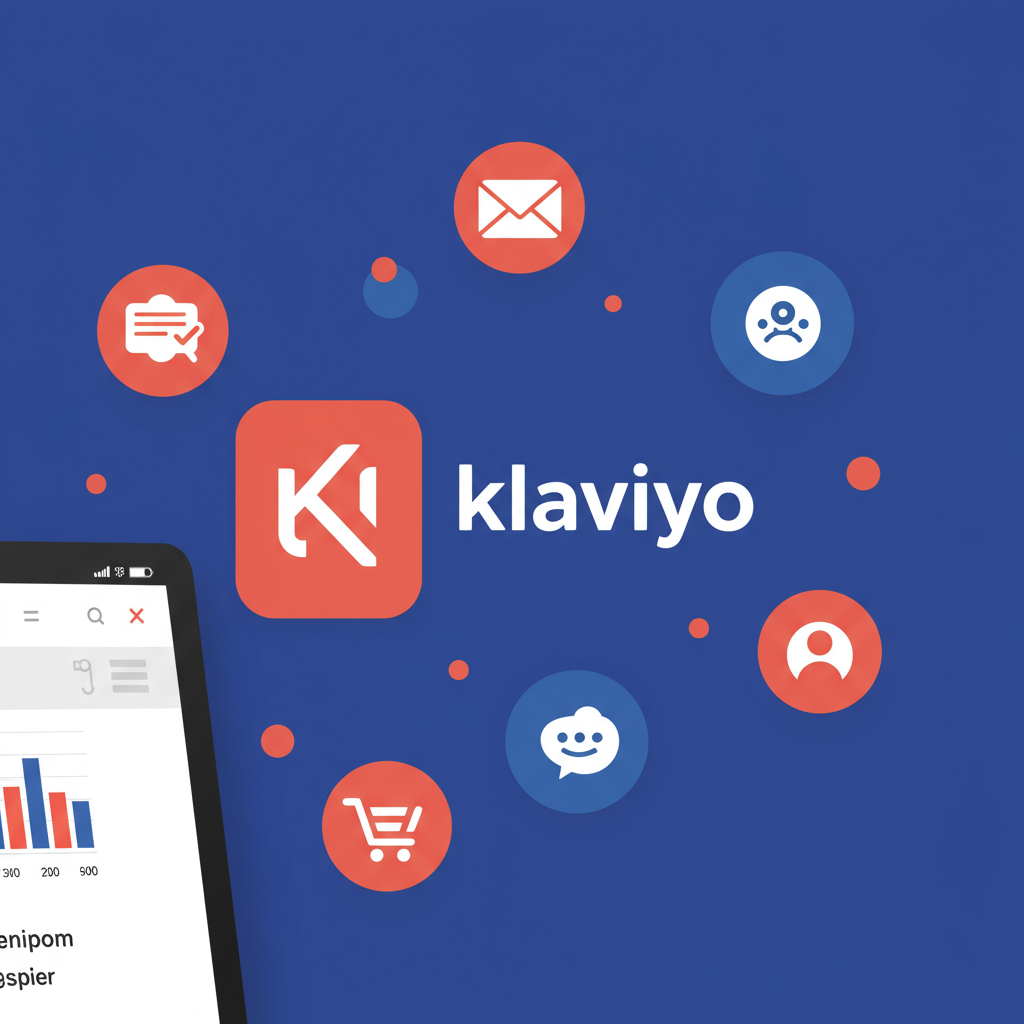Unlock the full potential of your customer data and automate your email marketing for unprecedented growth.
Hey there, fellow Shopify merchant! If you’re looking to supercharge your email marketing and truly connect with your customers, you’ve probably heard of Klaviyo. Today, I want to walk you through how I’ve leveraged Klaviyo with my Shopify store to drive significant growth.
For me, Klaviyo isn’t just another email platform; it’s a powerful customer data platform that integrates seamlessly with Shopify, allowing for incredibly personalized marketing. It helps me understand my customers on a deeper level.
While Shopify’s built-in email features are okay for basic notifications, Klaviyo takes things to an entirely new level. It’s about automation, segmentation, and delivering the right message to the right person at the right time.
The first step is surprisingly straightforward. You’ll need to connect your Shopify store to your Klaviyo account. This is usually done through the Klaviyo dashboard or by installing the Klaviyo app from the Shopify App Store.
Once you’re in Klaviyo, navigate to the ‘Integrations’ tab. You’ll find Shopify listed there. Click on it, and Klaviyo will guide you through the authorization process. It’s a few clicks, and then the magic begins.
What happens next is crucial: Klaviyo starts syncing all your historical Shopify data. This includes customer profiles, order history, product views, and more. This initial sync can take a bit of time depending on your store’s size, but it’s worth the wait.
Once synced, you’ll see a wealth of information populating your Klaviyo account. This data is the foundation for all your future marketing efforts. It allows you to move beyond generic blasts.
One of Klaviyo’s most powerful features is segmentation. Instead of sending the same email to everyone, I can create highly specific groups of customers based on their behavior, purchase history, or demographics.
I often create segments like ‘Customers who purchased X product,’ ‘Customers who viewed a product but didn’t buy in the last 7 days,’ or ‘VIP customers who have spent over $500.’
This is where Klaviyo truly shines. Flows are automated email (or SMS) sequences triggered by specific customer actions. They are set-it-and-forget-it revenue generators.
My absolute favorite and most profitable flow is the abandoned cart series. When a customer adds items to their cart but doesn’t complete the purchase, Klaviyo automatically sends a series of reminders.
I typically set up 2-3 emails for this flow: one sent an hour after abandonment, another 24 hours later, and sometimes a final one with a small incentive after 48 hours. This recovers so much lost revenue.
For new subscribers, a welcome series is essential. It introduces your brand, shares your story, highlights popular products, and sets expectations. It’s your chance to make a great first impression.
Don’t forget about your existing customers! A post-purchase flow can thank them, provide product care tips, ask for reviews, or recommend complementary products. It builds loyalty and encourages repeat purchases.
Similar to abandoned cart, this flow targets customers who viewed specific products but didn’t add them to their cart. It’s a gentle nudge to bring them back to your site.
For customers who haven’t purchased in a while, a win-back flow can re-engage them. Offer a special discount or highlight new arrivals to entice them back.
While flows are automated, campaigns are one-time email blasts, like newsletters or promotional announcements. I use campaigns for new product launches, holiday sales, or important brand updates.
Klaviyo’s drag-and-drop email builder is intuitive. I can easily create beautiful, branded emails without any coding knowledge. It’s all about making your emails visually appealing and easy to read.
With all that Shopify data, I can personalize emails with customer names, specific product recommendations based on their browsing history, or even dynamic content based on their purchase behavior.
Klaviyo also allows you to create various forms, including pop-ups, fly-outs, and embedded forms, to capture email subscribers directly on your Shopify store. These are crucial for list growth.
Don’t just guess what works! Klaviyo enables A/B testing for subject lines, email content, and even flow timings. This data-driven approach helps me continually optimize my strategies.
Klaviyo provides robust analytics. I regularly check my flow performance, campaign open rates, click-through rates, and most importantly, the revenue generated directly from Klaviyo.
Klaviyo plays well with many other Shopify apps, like review apps (e.g., Loox, Yotpo) or loyalty programs, allowing for even more sophisticated automation and personalization.
Always segment your audience. Test everything. Don’t be afraid to experiment with different flow timings and content. And always provide value, not just sales pitches.
If you’re new to Klaviyo, don’t feel overwhelmed. Start with the essential flows like abandoned cart and welcome series. Once you see the results, you’ll be motivated to explore more.
For me, the biggest benefit has been the ability to automate so much of my marketing. It frees up my time to focus on product development, customer service, and other aspects of my business.
Email marketing isn’t a set-it-and-forget-it once you’ve built the flows. I constantly review my metrics, tweak my content, and look for new opportunities to engage my audience.
Integrating Klaviyo with Shopify has been one of the best decisions I’ve made for my e-commerce business. It’s transformed my customer communication and significantly boosted my revenue.
What do you think about using Klaviyo for your Shopify store? Have you tried it, or are you considering it? I’d love to hear your thoughts!






